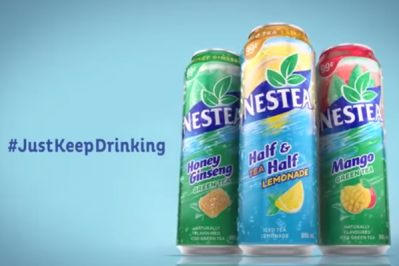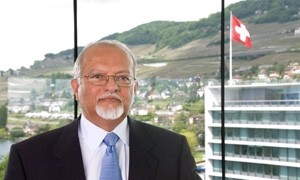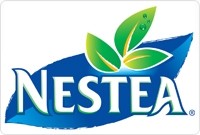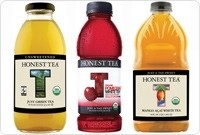Nuclear headlines overstate Beverage Partners Worldwide RTD tea rescope: analyst suggests
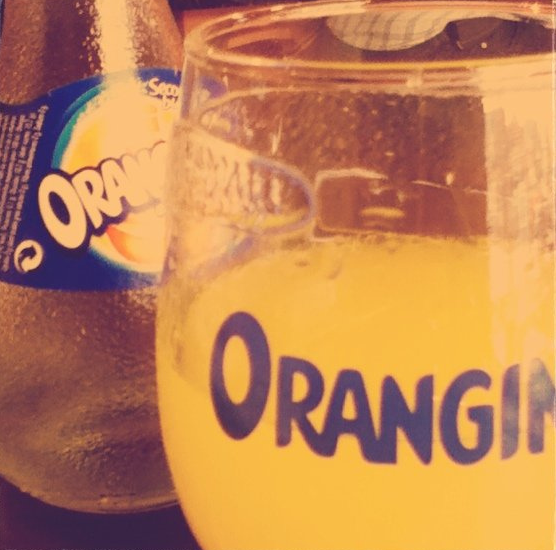
BeverageDaily.com asked Haffner, head of beverages research at Euromonitor, how significant he thought that Monday's announcement of the decision to row back from the pan-global partnership was.
RTD tea was a “pretty concentrated business”, Haffner said, with the principal markets Canada, Europe, the US, Taiwan, Hong Kong, Japan and China; given the Coca-Cola Company's presence in Japan and China, and Nestea’s US weakness, this gave the lie to headlines about a global retreat for Coke and Nestlé.
Haffner said: “What I think they’re doing is [in scaling-back the JV was] concentrating in the areas where the partnership has been successful. The notable country that was left off the new release was the US, and [Nestlé brand] Nestea is the number four brand in the US, and has been trending down in share for several years.
Nestea trending down in US...
“So they’re concentrating on where their partnership number one – Nestea is the number one brand in Canada and Eastern Europe. In Western Europe it’s number two, Lipton’s number one. But I think that it's also important from Coke's perspective to be competing with Pepsi there, and they have the chance, over time, of catching up.
“The other two countries that stuck out were Taiwan and Hong Kong, where a license agreement will be in place. There we have two high-consuming markets, with high per capita consumption. Nestea is number three, the number one and number two players in these markets are local brands.
“So I think that’s more of a long-term play, where Coke is say ‘with our marketing muscle, over time we may be able to create a number one brand here, and they’re heavy consuming markets’.”
In the US, Haffner said that Coke and Nestlé had perhaps dissolved their partnership because Lipton had greater brand recognition than Nestea – leveraged by Pepsi successfully to gain distribution – while RTD tea specialist Arizona Beverage Co. was also strong.
He said: “I have a feeling that – given the size of Nestea – it just wasn’t a big focus for Coke and its bottlers to distribute. They’re competing against people where it is the main focus for them, or it’s a much bigger brand, as in Lipton’s case.”
Asian brand potential?
As for either of the Beverage Partners’ parents going it alone in markets formerly covering the JV, Haffner said: “I don’t know if either of them will try to go it alone in markets beyond where they’ve said here. Coke has its own trademarks in the US, and also in Japan, which is a very heavy consuming market, it makes a lot of sense to be there. They can expand those trademarks to other countries.”
“Probably the biggest market is China. But China is a highly competitive market with its own local brands. As a matter fact, one question I have is when will the Chinese start to look outwards and start to export some of the big brands they have there?”
Pepsi recently entered into a partnership with Tingyi in China, he added, to gain access to a distribution network, “since it didn’t feel it could compete with Coke on its own”, while Coke had a bottling infrastructure it was planning on expanding.
As for the Chinese exporting their brands elsewhere in the world, Haffner said it was a question of “if rather than when”. “But I think that one’s a little further out, because the native market is expanding so much that the companies there can enjoy healthy growth for a few years yet.”
“One company that I’m surprised hasn’t tried it yet – and maybe they have and it’s slipped the radar screen – is [Japanese firm] Suntory Holdings to leverage its Orangina acquisition of 2 or 3 years ago.
“Suntory has some big tea brands in Japan, which is a heavy tea market. I’m surprised they didn’t try them in either Eastern or Western Europe where Orangina has distribution.
Meanwhile, Nestlé required a bottler such as Coke to turn its powdered format into a RTD drink, Haffner said. “I have a feeling, and this is just a guess on my part, that if they’re not going to run the partnership with Coke to do the bottling for them, then Nestea in its RTD format is going to be difficult for Nestlé to do.
“They have bottled water, but it’s a different distribution system to turn the Nestea powder into a Nestea liquid, and a different manufacturing process,” he added.
